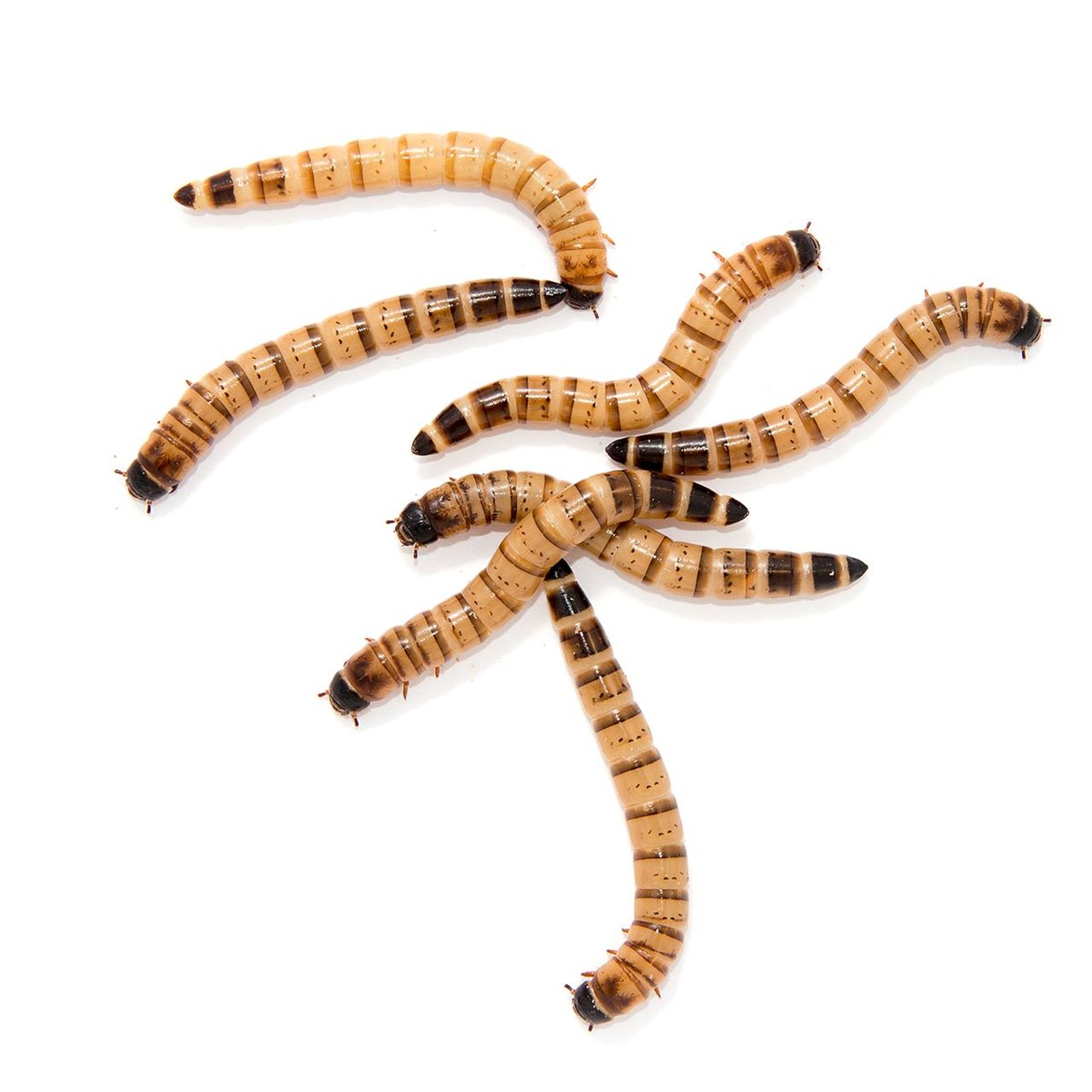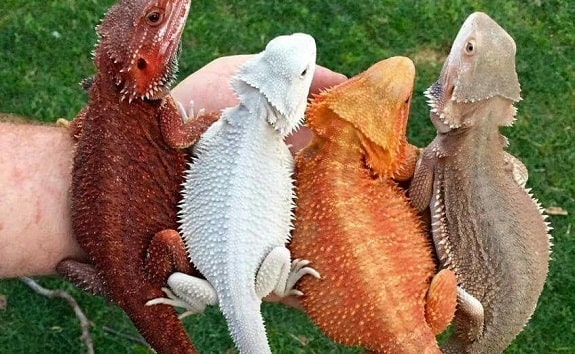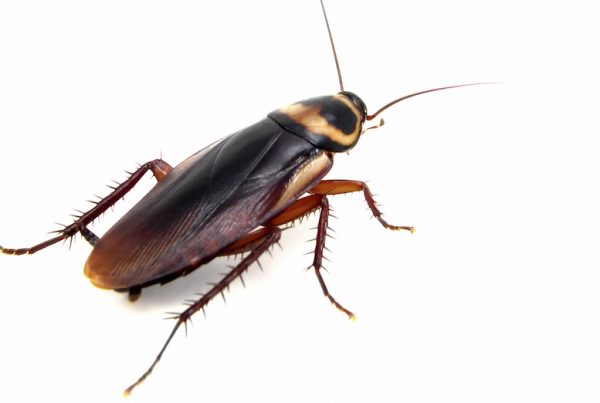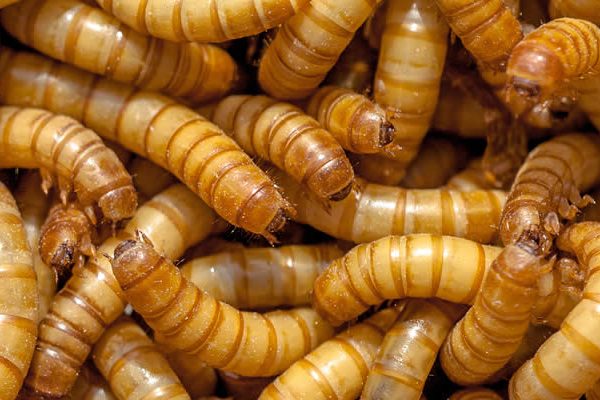Superworms vs Mealworms:
Superworms are about 5x larger than mealworms in size however, most of the size difference consists of Chitin (the primary component of the exoskeleton). This provides your pets with less nutrients from the meat of the Superworm but allows for a higher calcium content.
Nutrition breakdown:
| Feeder Insect | Moisture Content | Protein | Fat | Calcium (mg/ 100g) |
| Mealworms | 59% | 10% | 13% | 3.28 |
| Superworms | 59% | 20% | 16% | 10.8 |
All in all, mealworms share similar nutritional sustenance to Superworms.
Superworms take a very long time to pupate, which makes them a long lasting feeder insect, all you need to provide them is fresh vegetables such as carrot or potato along with fresh bran. Mealworms will pupate after 8 weeks however, this can be prolonged by keeping them in a refrigerator between 5 – 10°C for up to 40 days. (Do not refrigerate Superworms).
Superworms have a much stronger jaw than mealworms and are capable of nipping you or your pet when making contact. For younger pets, it’s a safer bet to let them eat mealworms until they are a bit older and learn how to avoid being bitten.
What eats mealworms and superworms?
This all depends on the size of your pets, however almost all insectivorous animals will go for mealworms as a tasty treat. Superworms can be used to feed many different types of birds and reptiles however, their large size means that they should not be fed to smaller animals.
We provide mealworms and superworms in 500g and 1Kg quantities as well as various smaller sized packages. Find your supply here:
Superworms: http://13.245.183.234/product/superworms/
Mealworms: http://13.245.183.234/product/mealworms/
Superworms vs Mealworms
Both provide great benefits for various reasons however, it all comes down to the pet you own and what their dietary requirements are.
Take a look at this great read on the differences between mealworms and superworms, by clicking here.





Recent Comments